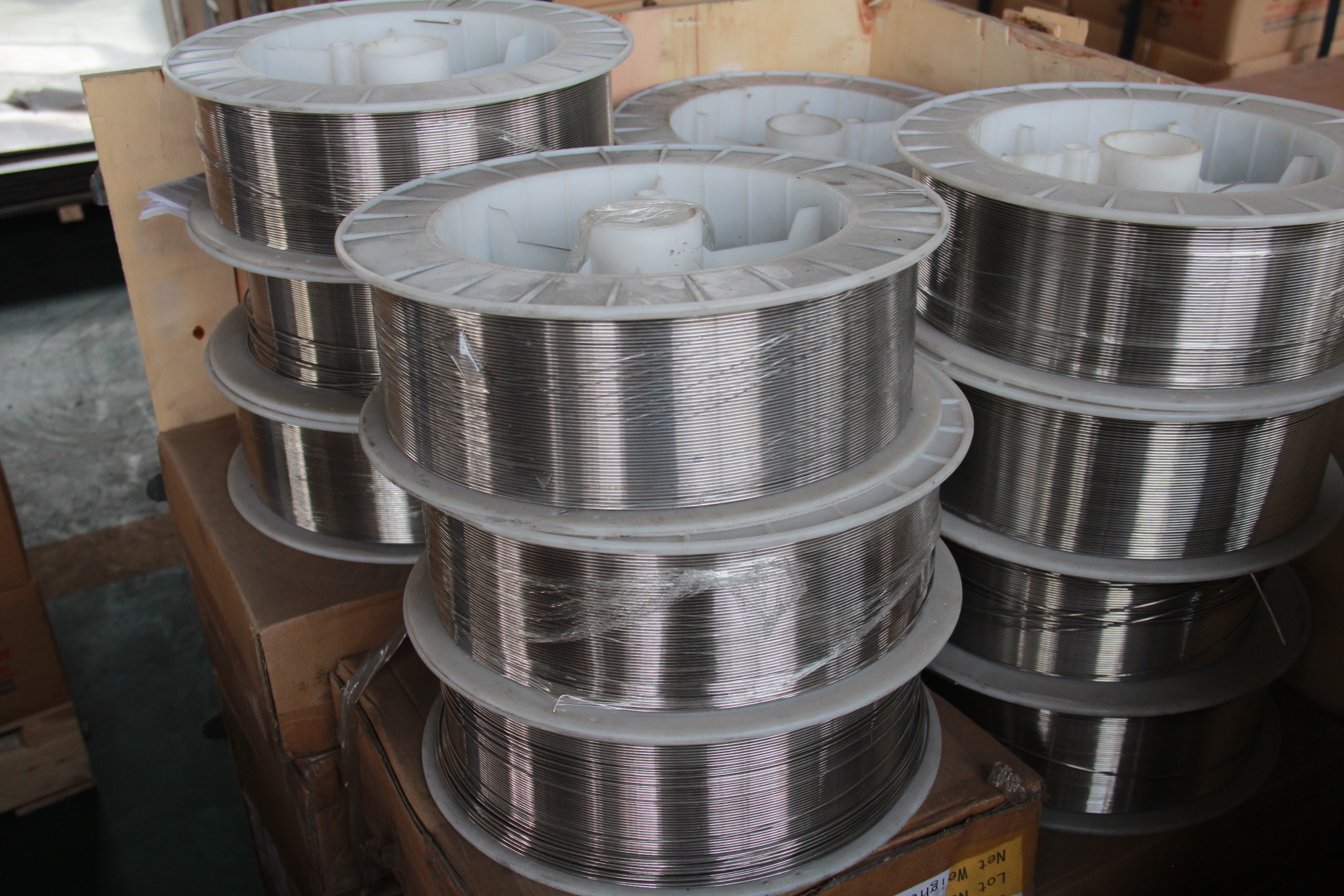According to the relevant person in the Shanxi Provincial Coal Department, with the advancement of mergers and reorganization and integration work, the coal industry in our province is undergoing a fundamental change of “multi, small, scattered, and lowâ€, which is mainly reflected in:
The level of industry has improved significantly. The number of mines in the province has been reduced from 2598 to 1053, and the pressure reduction rate is 60%. Mines below 300,000 tons/year have all been eliminated, and all of the remaining mines have been mechanized. Among them, 900,000 tons/year and above of fully-mechanized mining mines account for two-thirds of the total, and the average single well size has been increased to more than 1 million tons/year.
The degree of industrial concentration has increased significantly. The province will form four large-scale coal groups with annual production capacity of 100 million tons, three large-scale coal enterprise groups with an annual production capacity of over 50 million tons, and 11 large coal enterprise groups with annual production capacity of over 10 million tons. 72 local groups of around 3 million tons; the number of mining enterprises in the province has been reduced from more than 2,200 to about 130.
The ore-controlling system is obviously optimized. After restructuring and integration, the province has formed a state-owned and privately-owned coal mining enterprise with joint-stock companies as its main form. Among them: state-owned mines account for 20%, privately owned mines account for 30%, and mixed-ownership joint-stock companies account for 50%.
The safety and security capabilities have been significantly enhanced. After the merger and reorganization of the retained mines, mine construction will be standardized in accordance with the safety and quality standards. The level of mine mechanization and informationization will be greatly improved, and the intrinsic safety guarantee capability will be greatly improved. In 2009, a total of 71 accidents occurred in coal mines in the province, with 202 deaths. The number of accidents decreased by 46 compared with the same period of last year, a drop of 39.32%, and the death toll decreased by 73, a drop of 26.55% year-on-year. The province's coal production has a mortality rate of one million tons. 0.328, a year-on-year decrease of 22.39%, which is 0.595 lower than the national 0.923; from January to July 2010, the province's coal mines had a total of 34 accidents and 102 deaths, a year-on-year decrease of 8.11% and 25.55% respectively.
The capacity for sustainable development has obviously increased. After merger and reorganization, the province's coal resources recovery rate and recycling rate, raw coal washing and processing rate, main pollution source control compliance rate, coal bed methane (gas) drainage and utilization will all be significantly improved, and the sustainable development of the coal industry. The capacity will be significantly enhanced, laying a solid foundation for the province's economy to shift from a resource-dependent model to an innovation-driven model and a new base for building new Shanxi.
The contribution rate of the industry continues to increase. With the advancement of merger and reorganization of coal mining enterprises, the effectiveness has continued to show. Coal output increased quarter by month quarter by month. The monthly average in the fourth quarter of 2009 reached 61.03 million tons, which is the highest level in history. Under the economic downturn in 2009, the coal industry enjoyed stable economic returns and contributed the highest economic contribution to the province. In 2009, the industry’s total sales revenue was 376.6 billion yuan, an increase of 26.6 billion yuan over the same period of last year. According to the statistics of the Provincial Bureau of Statistics and the Ministry of Finance, the added value of the coal industry in the province in 2009 increased by 6.2% over the previous year, stimulating the province’s industrial growth by 5.1%. The total profits and taxes and profits totaled 88.41 billion yuan and 46.15 billion yuan respectively, which were 80.9% and 107.7% of the province's industries, and the industry's taxes and fees were 59.2 billion yuan, an increase of 17.8 billion yuan over the same period of last year, an increase of 43%. * 16 billion yuan; The role of the coal industry in maintaining growth, promoting transformation, and promoting development continues to increase. From January to July 2010, the province's raw coal output has completed a total of 397,195,100 tons, an increase of 76,409,500 tons, an increase of 23.85%.
Alloy steel refers to steel with high strength and good chemical stability at high temperature. It includes two types of anti oxidation steel (or high temperature resistant steel) and hot steel. Anti oxidation steel generally requires good chemical stability, but the capability is limited. High temperature strength and the corresponding oxidation resistance of heat and strong steel are required. Heat-Resistance Steel is often used in the manufacture of boiler, steam turbine, power machinery, industrial furnace and aviation, petrochemical and other industrial sectors in the work of the high temperature parts. In addition to the requirements of high temperature strength and high temperature oxidation corrosion, sufficient toughness, good shaping and welding are also required according to the different use, as well as a certain organizational stability. In addition, some new low chromium nickel oxidation are also developed .
Heat-Resistance Steel
Heat-Resistance Steel ,Heat-Resistant Material Handling Steel,Heat-Resistant Steel Tube,Heat-Resistant Black Round Steel Pipe
Jiangsu nickel alloy Co.,Ltd , http://www.xhalloy.com